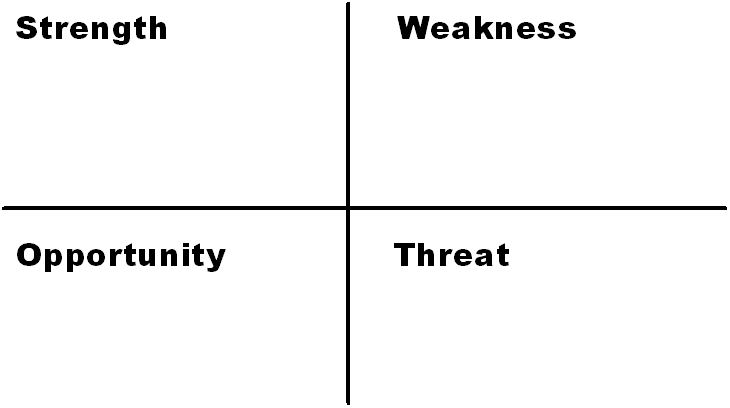
TRADING LESSON - Should You Exit Your FX Trade On Strength Or Weakness? Specific Tools for Both Exit Strategies
“You can’t control what the market does, but you can control your
reaction to the market. I examine what I do all the time. That’s what
trading is all about.”
-Steve Cohen, Hedge Fund Manager

Why Traders Neglect the Exit
As a trader, it’s easy to focus on entering the trade. After all, you’ve
got to be in it to when it and the only way to be in it is to find an
entry. And when it comes to entering into a trade, your mind is likely
to race to different outcomes about whether or not this trade will be a
home-run that “can’t fail” or whether you’re not 100% sure on the trade
and therefore, should either hold-off or enter with a smaller trade
size. For what it’s worth, regardless of your analysis, the second
attitude used as an example is the healthier approach
However, it’s probably best to take the pressure of yourself regarding the entry. Why? Because, you likely will get at best a decent entry unless you’re counter-trend trading. It’s an irony or paradox of trading that most new traders fret about the entries but where they decide to exit is the most crucial point.
Two Exit ApproachesThis part is simple. As far as I’m concerned, there are only two ways that you can decide to exit a trade (well, three if not having a plan is a way to exit). The first method benefits short term traders and that is exiting on strength in the direction of your entry. Therefore, if you’re buying, you can look for clear resistance points or other methods to exit when others are jumping in. The drawback to this methodology is that you could be exiting as the move is just getting started.
The second method is to the benefit of swing style or longer term traders. The preferred exit methodology for longer-term traders is to exit on weakness or a correction in the trend that you’re entering. Exiting on weakness has two distinct drawbacks and that is you either get taken out on a wick low before the trend resumes and / or, you find yourselves leaving a large portion of your paper profits on the table.
Specific Tools for Both Exit Strategies
We just discussed that you can either decide to exit your trades on strength or weakness. To exit on strength, here are a few methodologies you can use that I’ve found favorable over the years.
Preferred methodology is Pivot targets. In a normal uptrend, I’ll look to exit at the weekly R1 level and in a strong uptrend, my preferred exit is the R2 (reversed for downtrends with S1 & S2). The other two methods have been used successfully by many traders.
Emotionally, it’s harder for new traders to exit on weakness. The reason is that it’s easy to beat yourself up for letting so much of your paper profits go away. In order to be comfortable exiting on strength, it’s best to not look at the chart after you exit for a few hours because you don’t want to beat yourself for taking money out of the market. That’s what we’re doing here in the first place!


